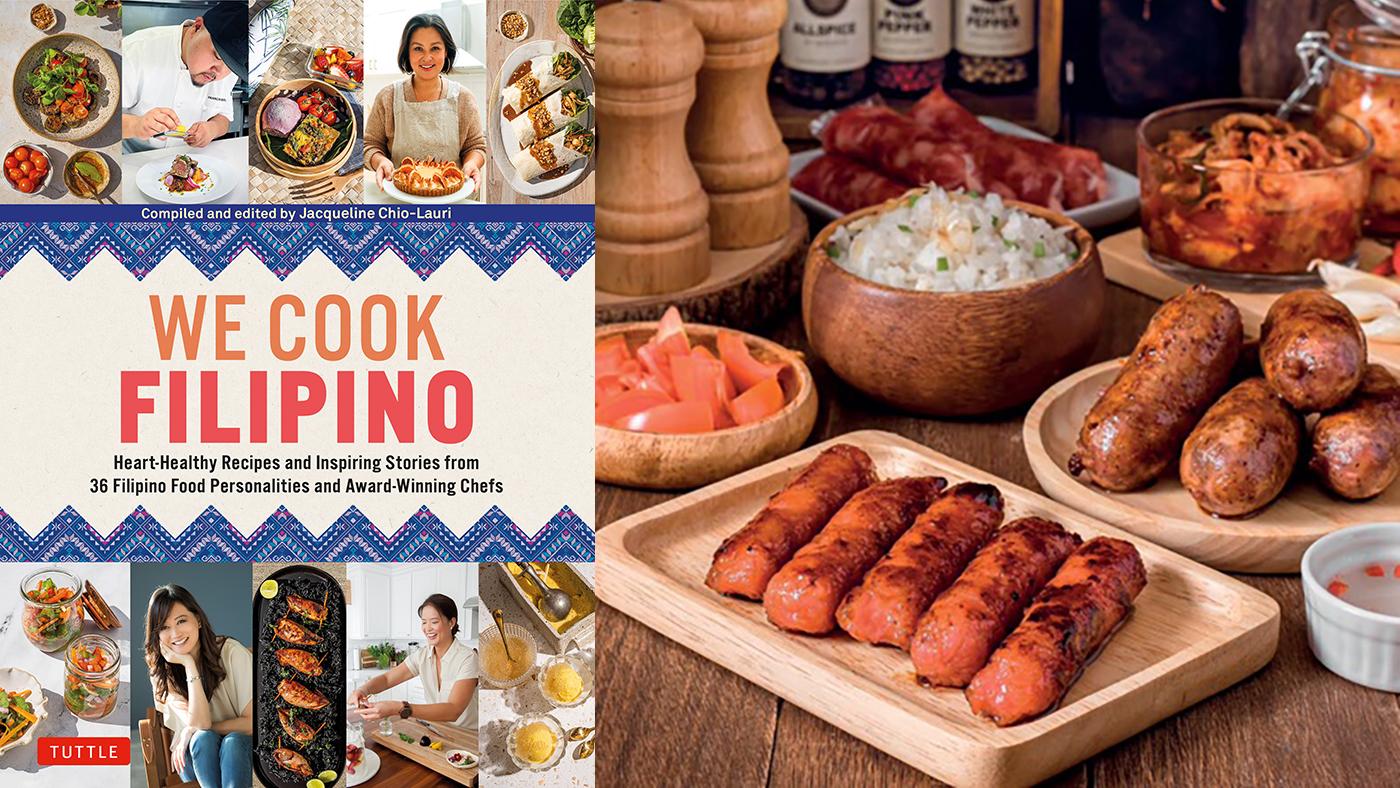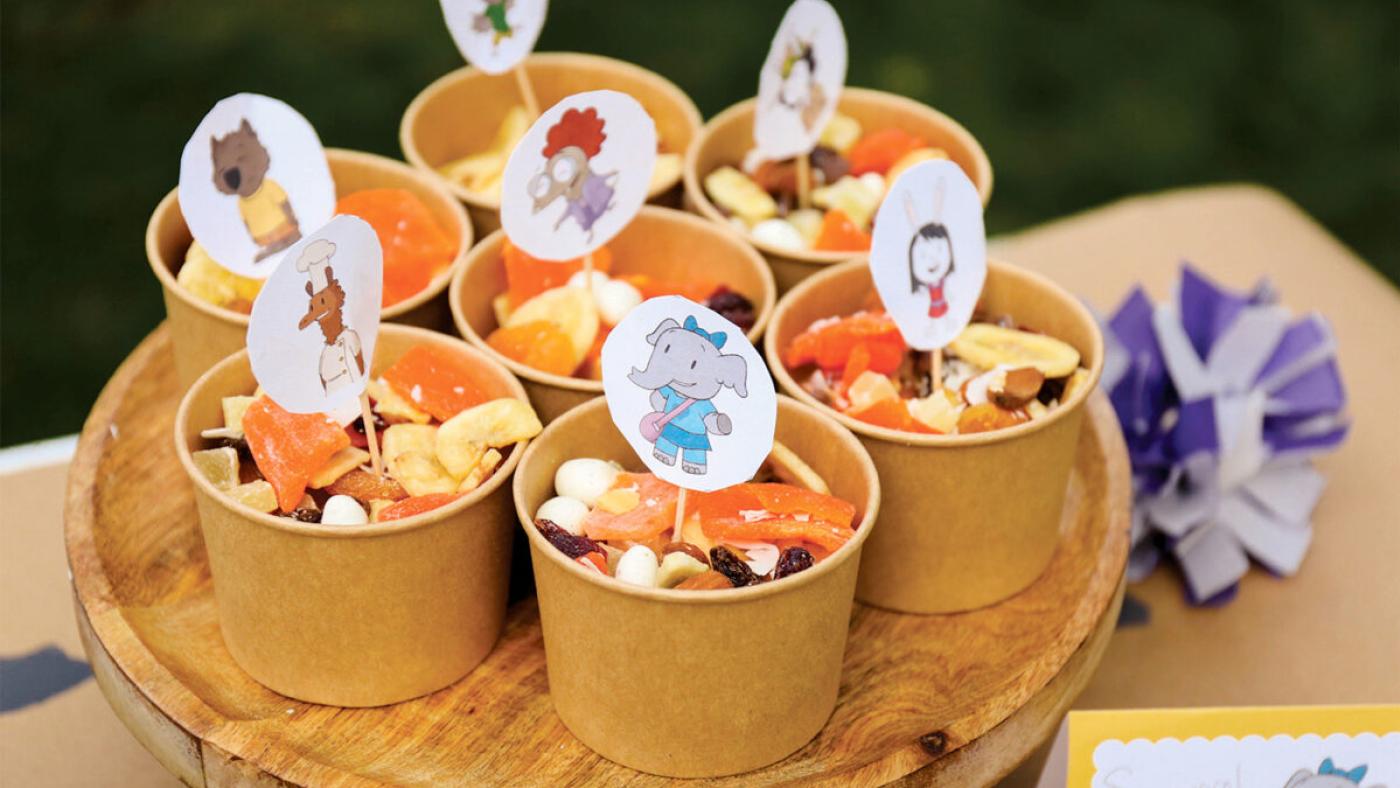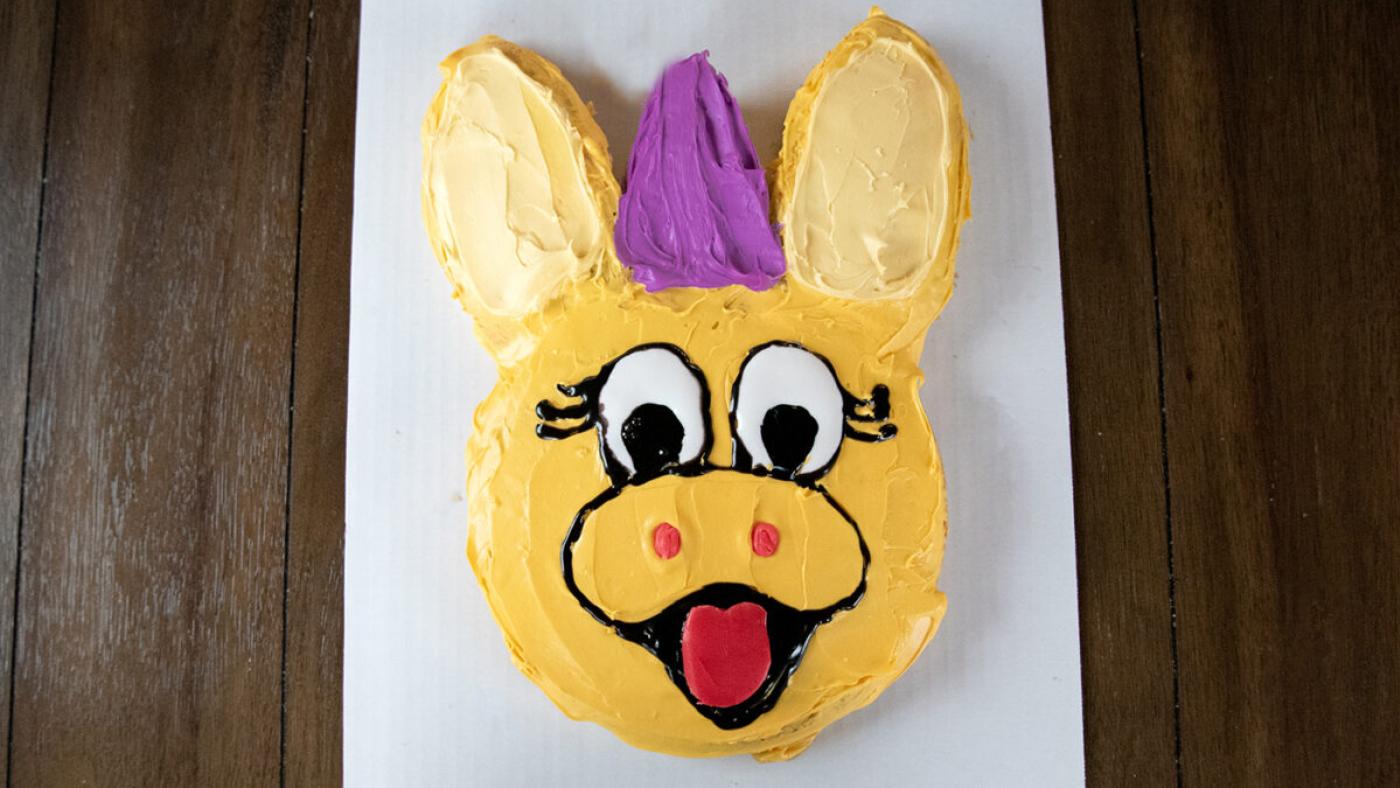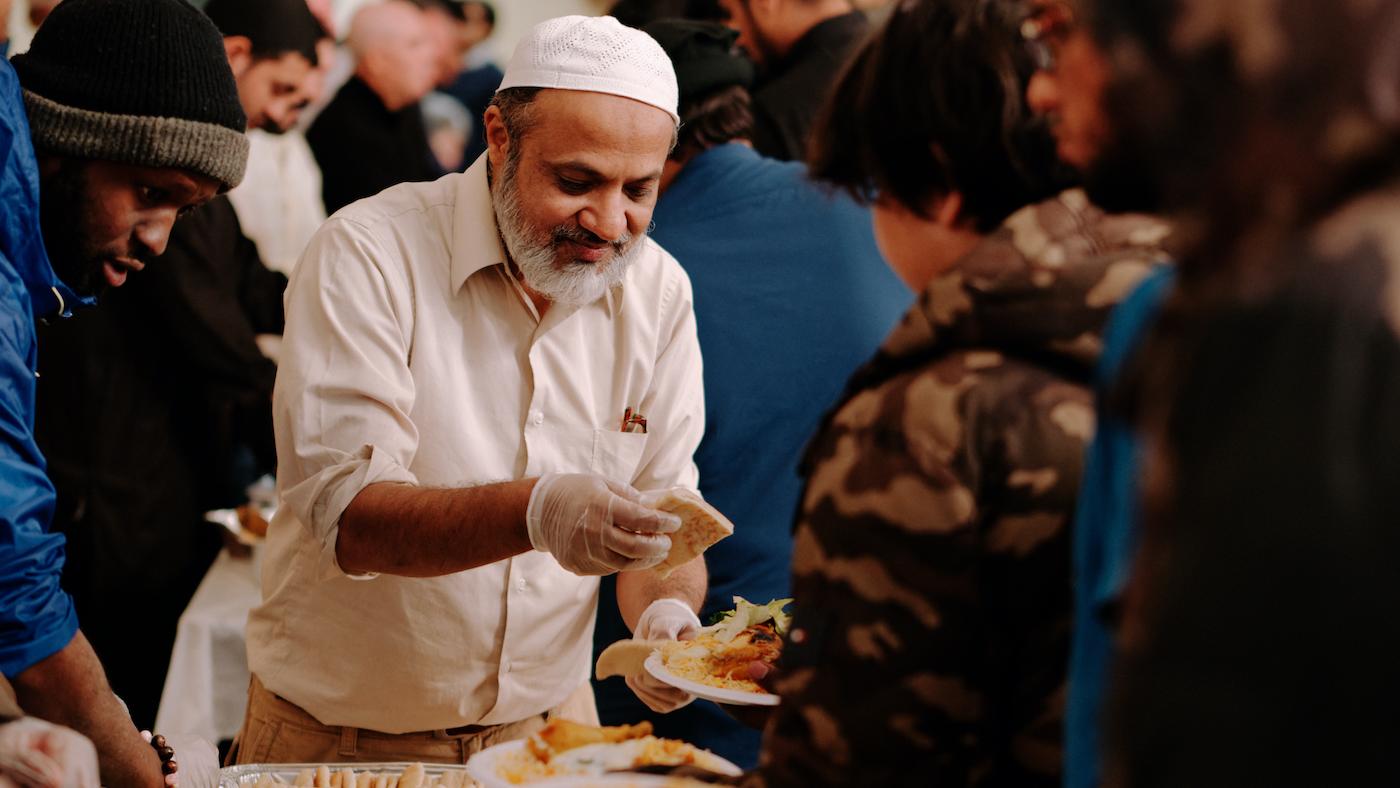Try a Healthier Longanisa Recipe from Chicago's A Taste of the Philippines
Daniel Hautzinger
October 5, 2023

Get more recipes, food news, and stories by signing up for our Deep Dish newsletter.
Jacqueline Chio-Lauri was living in a city in Norway when she noticed something perplexing: There were numerous Thai restaurants and no Filipino ones, even though the Filipino community there was larger than the Thai diaspora. Curious for explanations, she reached out to a Norwegian forum. One response stuck out to her: “Heart disease seemed to be like an epidemic in the Philippines, and there’s reason to believe that it’s because the food is over-salted, it’s over-sweetened, and there’s a lack of vegetables in the diet,” as Chio-Lauri recalls it.
That explanation was “difficult for me to swallow,” she says.
Chio-Lauri was born in the Philippines and is the editor of The New Filipino Kitchen: Stories and Recipes From Around the Globe, which was published by the Chicago-area Agate Publishing and serves as a survey of many staple Filipino dishes. Now she is following it with We Cook Filipino: Heart-Healthy Recipes and Inspiring Stories from 36 Filipino Food Personalities and Award-Winning Chefs, which is out October 24, during Filipino American History Month.
“I do not believe that Filipino food is unhealthy, because I grew up with my grandmother’s cooking,” Chio-Lauri says. “She always preached about eating right and balancing our diet, and she was also always serving vegetables and fruits.”
She continues, “It’s not perhaps the cuisine that is the problem, it’s the over-salting and over-sweetening. Whatever dishes, whatever cuisine, if you over-salt or put too much refined sugar, then it wouldn’t be healthy.”
While it is true that heart disease is prevalent in the Philippines and amongst Filipino Americans, it’s common around the world – it’s the leading cause of death globally. Clearly, it is a problem, and Chio-Lauri wanted to help address it.
She wanted to show both Filipinos and others that her native cuisine is diverse and can be made as healthy as any other type of food – even iconic dishes full of fat, salt, and sugar like longanisa, a sweetened sausage typically made of pork and enriched by chunks of fat. She reached out to Filipino cooks across the diaspora, including James Beard-recognized and Michelin-starred chefs, to provide recipes including more whole grains and vegetables and less sodium and added sugar that adhere to guidelines recommended by the American Heart Association.
Kathy Vega Hardy of Chicago’s A Taste of the Philippines is one of the contributors. She challenged herself by taking on longanisa. “I was like, How do you make this healthy?” she recalls. She eventually hit on mixing leaner ground turkey in with pork, replacing sugar with dates, and subbing in beetroot powder for artificial food coloring. (Longanisa is typically bright red.) Try her recipe below.
“It was a perfect opportunity for me to showcase what I can do with a healthy twist to it and have it still be intact in flavor,” she says.
We Cook Filipino was a perfect fit for Vega Hardy, whose mom was a nutritionist and chef in the Philippines before the family moved to Springfield, Illinois. Vega Hardy eventually relocated to Colorado, a state known for wellness-seeking, outdoorsy types, and started a food truck. She had been fired from her yearslong job as an accountant in a way that “left a really bad taste in my mouth,” and so decided to take the opportunity to do something new. Despite being the “daughter that did not want to help in the kitchen” growing up, she decided to fill a lack and offer Filipino food in Denver, flying her mom out for two weeks to teach her her recipes.
“My mom always laughs and is like, Man this is like your karma!” she says.
Vega Hardy moved to Chicago in 2018 and continued her food truck before opening a stall in the Chicago French Market at Ogilvie station in the West Loop. She just closed that stall but continues to do pop-ups and is considering whether to open a brick-and-mortar restaurant.
Vega Hardy tells some of her story in an anecdote accompanying her recipe in We Cook Filipino. Each recipe has an attached story. “Around the world, especially in the places where I have lived, a lot of people don’t really know or haven’t even heard about Filipino food,” explains Chio-Lauri, who currently resides in the United Kingdom. “I thought the best way to connect people with it is by storytelling.”
She continues, “If they know the story behind the dishes or the story behind the people who make it, perhaps they will be more understanding and curious and would be more amenable to trying dishes that are not familiar to them.”
Skinless Longanisa
Recipe by Kathy Vega Hardy, reprinted with permission from We Cook Filipino by Jacqueline Chio-Lauri, Tuttle Publishing, 2023
Longanisa, the traditional Filipino breakfast sausage, is typically made of ground pork, chunks of fat, salt, red food dye, and brown sugar. This version takes on a cleaner spin by using a mix of ground turkey and ground pork, beetroot powder instead of food coloring, and dates instead of sugar for sweetness. Kathy’s recipe yields very garlicky and mildly sweet sausages. Feel free to adjust the amount of garlic and dates to suit your taste.
Ingredients
10 dates, pitted
1 tbsp water
5–10 garlic cloves, minced
8 oz (250 g) ground turkey thigh (or ground chicken)
8 oz (250 g) ground pork, preferably 80:20 lean to fat ratio
Pinch of fine sea salt
Pinch or more of freshly ground black pepper, to taste
1 tbsp tamari, or coconut aminos
2 tsp organic beetroot powder, for color, optional
2 tbsp extra virgin olive oil, divided
Directions
1. Place the dates in a handheld blender with the 1 tbsp of water. Puree until smooth. Mix with the remaining ingredients, except half of the olive oil, in a large stainless-steel bowl, using a spatula or your hands.
2. Cover and leave to marinate in the fridge for at least 2 hours. 24 hours is best.
3. Scoop a tablespoonful of the meat mixture and roll into a 2-inch sausage log. Use gloves if needed to minimize contact with raw meat and avoid staining your hands red. Repeat until all the meat is formed into about 12 sausages. You can fry the longanisa right away or freeze them for later use rolled in greaseproof paper and placed in zip-top bags. Thaw before pan-frying.
4. To pan-fry, heat a 10-inch nonstick pan over medium-high heat. Add the remaining olive oil to coat the base. Lower the temperature to medium. Cook the sausages about half an inch (1 cm) apart in the pan. Make sure the meat is cooked all the way through or until a probe thermometer reads 165°F or 74°C.
5. Drain in kitchen paper towels when done. Serve with rice, half a boiled egg, lots of veggies, and a sawsawan dipping sauce of vinegar seasoned with salt, pepper, and crushed garlic.







